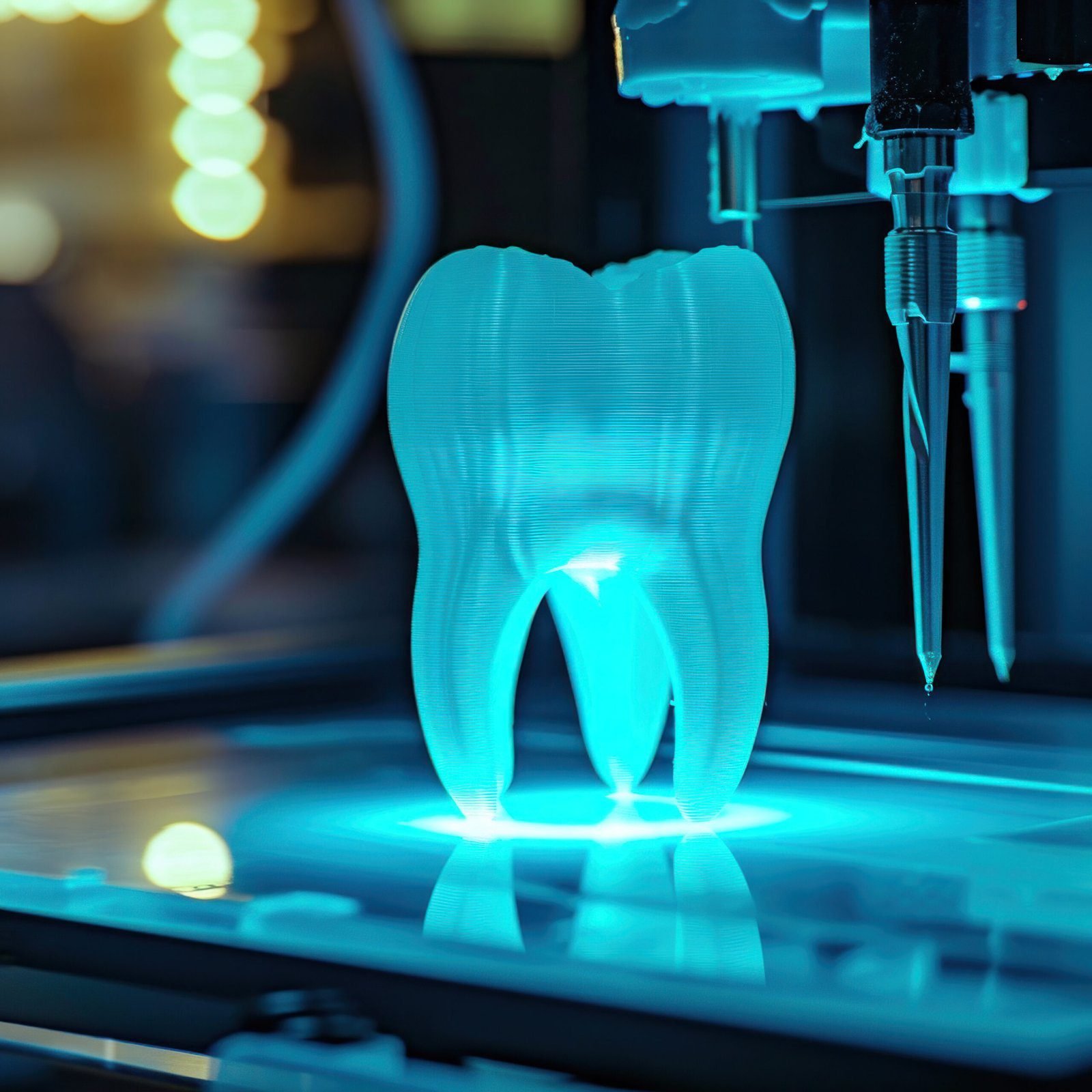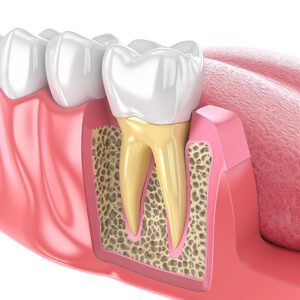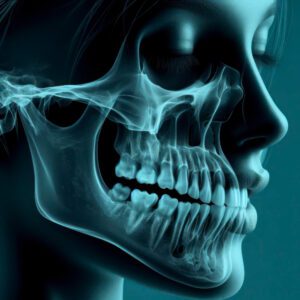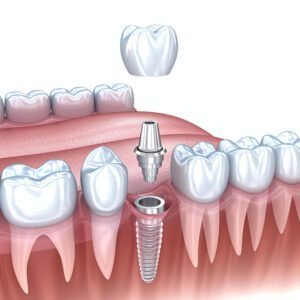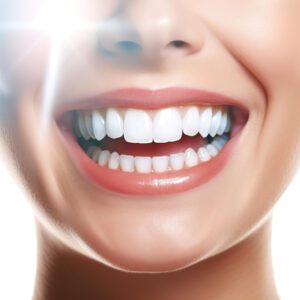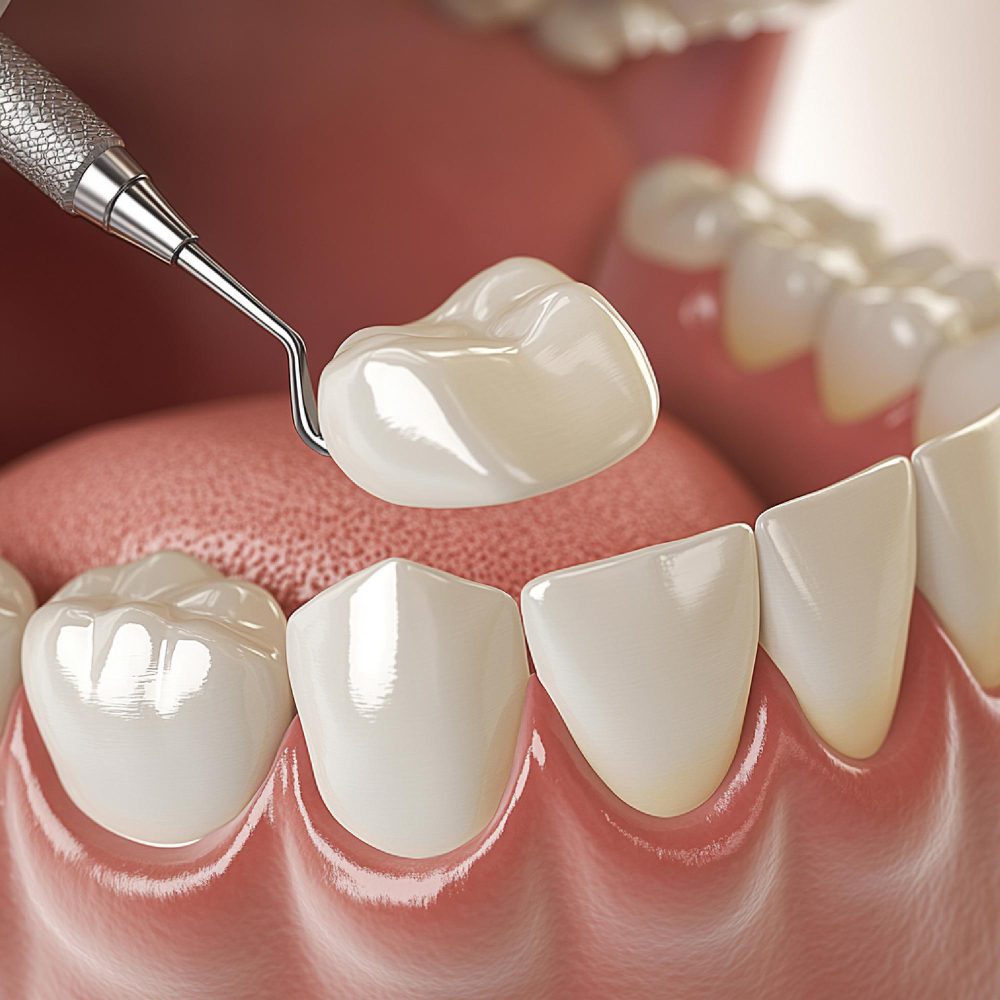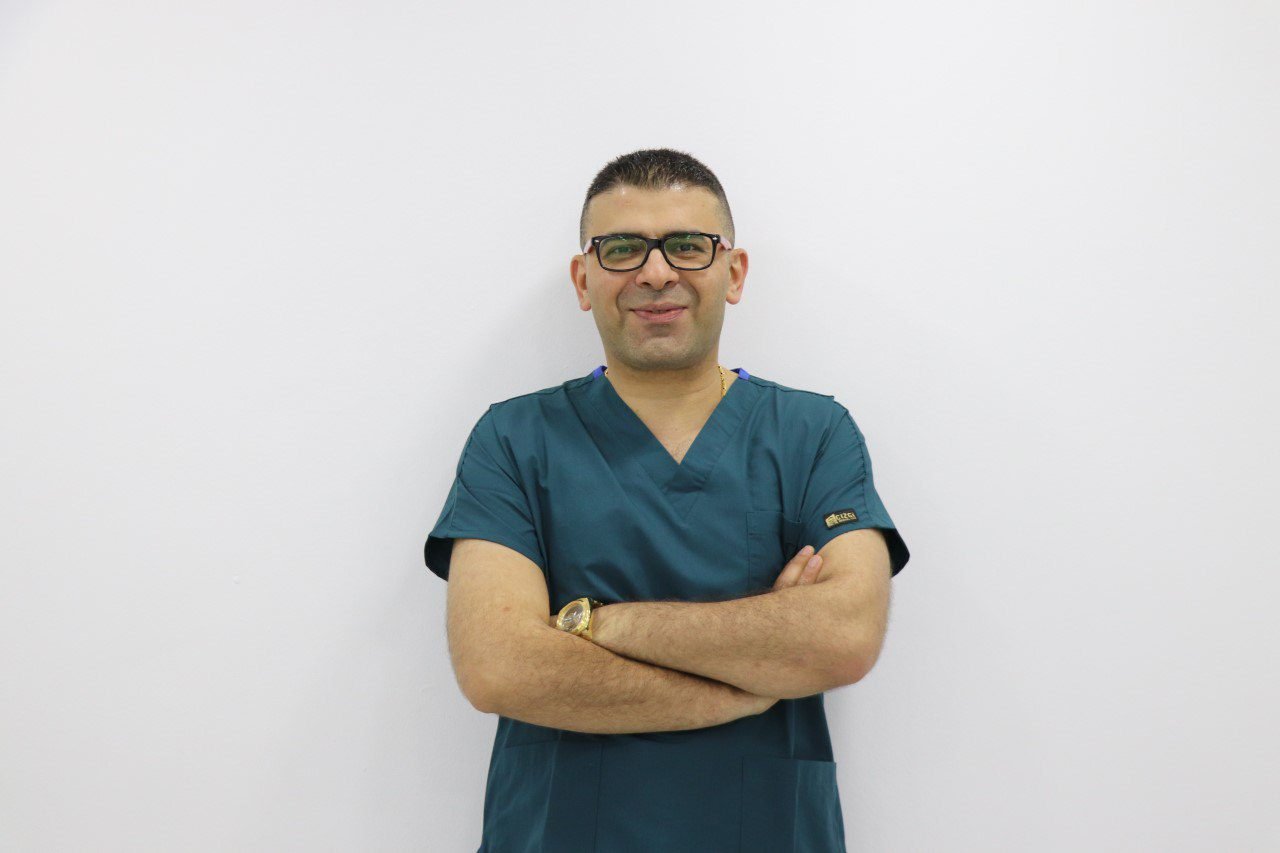In the world of modern dentistry, 3D printing has emerged as one of the most groundbreaking advancements—particularly in the field of dental implants. By enabling unmatched precision, customization, and speed, 3D printing is reshaping how dental implants are planned and delivered.
This technology is not only enhancing clinical outcomes but also redefining the patient experience. In countries like Turkey, especially Istanbul, many dental clinics have rapidly adopted this innovation, offering patients cutting-edge care at competitive prices.
What Is 3D Printing in Dentistry?
3D printing in dentistry refers to the process of creating accurate dental models and surgical components from digital scans using biocompatible materials such as dental resin or zirconia.
Key Applications in Implantology:
- Surgical Guides: Custom-designed guides that help place the implant in the perfect position, angle, and depth with micrometric precision.
- Implant Prosthetics: Temporary and permanent crowns, bridges, and abutments printed to match the exact digital model of the patient’s mouth.
- Smile Design Mockups: A visual preview of the final smile, printed in advance to show patients expected outcomes.
Step-by-Step: How 3D Printing Enhances Implant Workflow
- Digital Scanning: High-resolution intraoral scanning of the patient’s mouth.
- Treatment Planning: Software-assisted analysis of bone density, nerve location, and implant positioning.
- Guide Fabrication: 3D printing of surgical templates and temporary prosthetics.
- Minimally Invasive Surgery: Precise implant placement with minimal tissue trauma.
- Faster Restoration: Crowns and bridges printed and installed in fewer appointments.
Advantages of Using 3D Printing in Dental Implantology
✅ Microscopic precision and alignment
✅ Minimally invasive procedures with faster recovery
✅ Time-saving: fewer clinic visits and quicker results
✅ Pre-visualization of smile for patient confidence
✅ Lower risk of complications
🇹🇷 Why Turkey Is Leading in 3D Dental Implant Technology
Turkey—particularly Istanbul—has become a regional hub for digital dentistry, blending advanced technology with affordability and hospitality. Patients from Europe, the Middle East, and North Africa are choosing Turkish clinics for:
- European-trained implantologists
- ISO-certified dental labs with in-house 3D printing
- Transparent costs and English-speaking staff
- Complete packages including airport pickup, hotels, and interpreters
Where to Get 3D Printed Dental Implants in Istanbul?
While many clinics offer dental implants, only a select few are fully equipped with in-house digital labs and certified 3D printing systems. Among these standout clinics is one operated by Dr. Abdurrahman Ozturk, a renowned implantologist with a long track record in digitally-guided implant surgery.
His clinic is known for its full adoption of 3D technology at every step, from planning to surgery to final crown placement—ensuring exceptional results with minimal stress for the patient.
💬 “At our clinic, precision is not optional—it’s guaranteed by technology.”
3D vs Traditional Implant Surgery – At a Glance
Feature Traditional Implants 3D Printed Workflow Accuracy Operator-dependent Software-driven Time to Restore Longer (weeks) Shorter (days) Patient Comfort Moderate High Aesthetic Outcomes Variable Predictable Surgical Invasiveness Higher Minimal
Who Should Consider 3D Printed Dental Implants?
- Patients seeking faster, less painful procedures
- Those with complex anatomical cases
- Travelers looking for a quick smile transformation
- Individuals who value predictable and aesthetic results
- Anyone interested in modern, minimally invasive dentistry
Final Thoughts
The age of one-size-fits-all implant surgery is over. Thanks to 3D printing technology, patients can now expect tailored, efficient, and highly aesthetic outcomes with remarkable clinical precision.
In Istanbul, clinics that specialize in 3D-guided dental implants—like that of Dr. Abdurrahman Ozturk—represent the future of patient-centered care. With access to the latest tools and a deep understanding of digital protocols, they ensure not only a beautiful smile but a safer, smoother journey to get there.

